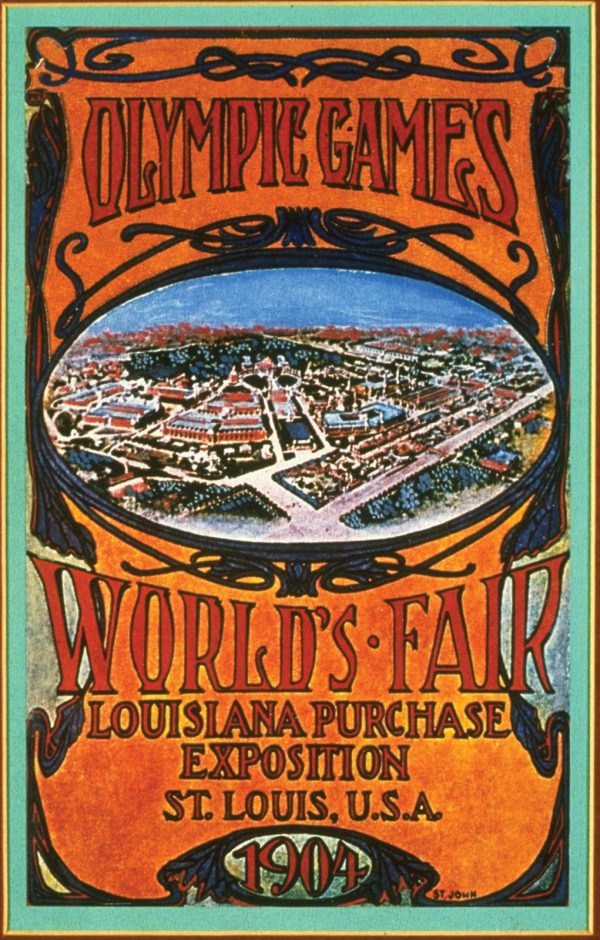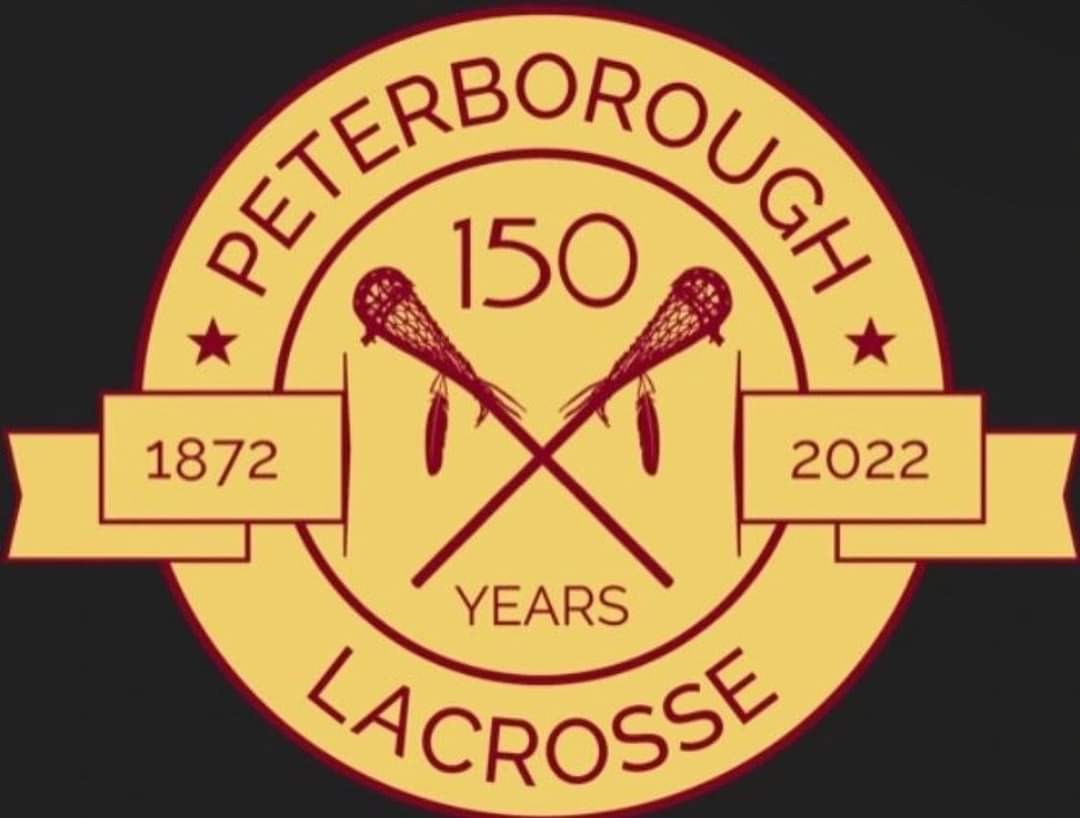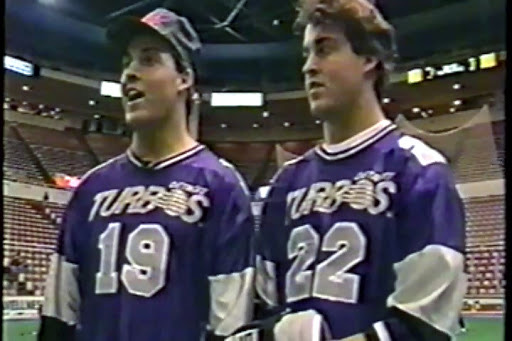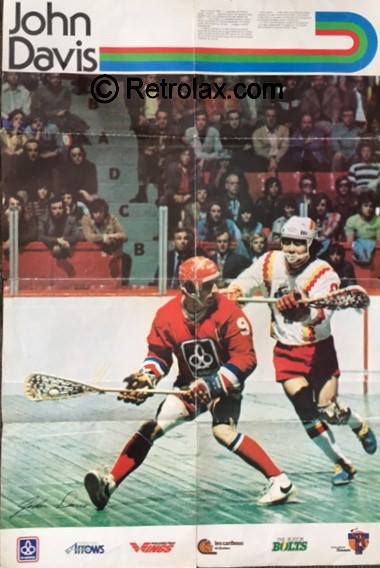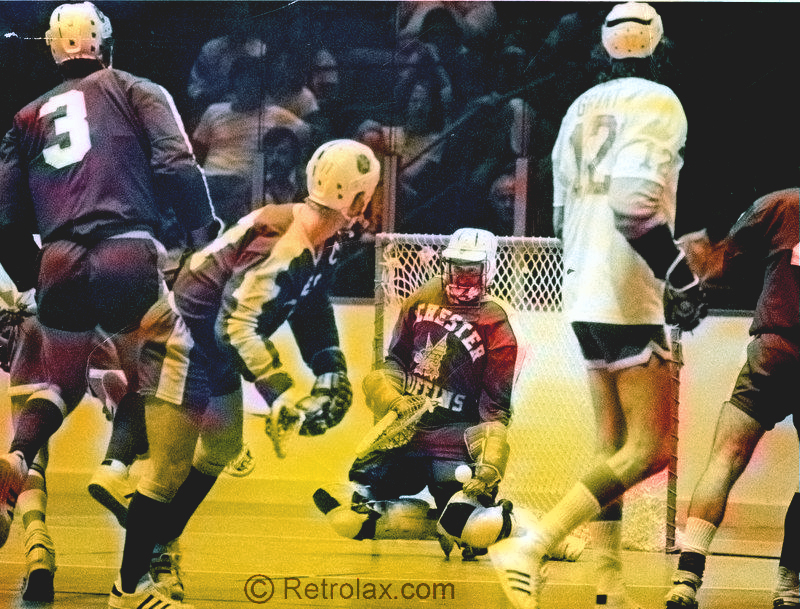By Steve Holroyd (laxmavn@aol.com)

March 11, 1932—ten days after the news that the infant child of Charles Lindbergh had been kidnapped, and two days after Éamon de Valera was elected as President of the Executive Council for the Irish Free State, the Penn Athletic Club staged a Charity Sports Carnival at the 103rd Calvary Armory at 32nd Street and Lancaster Avenue for the benefit of Emergency Aid of Philadelphia.
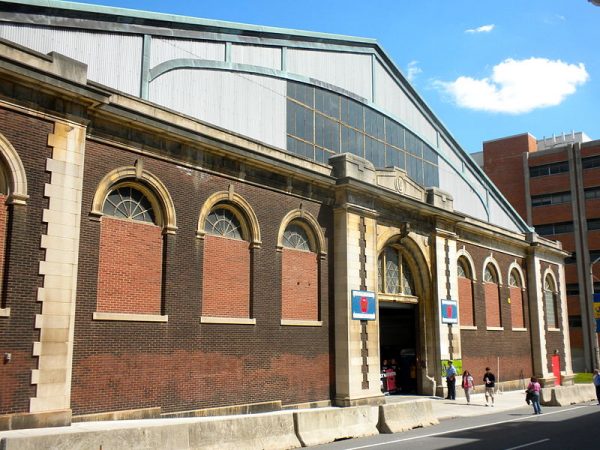
Originally formed by eight Philadelphia women in 1914, the foundation’s initial efforts were directed at aiding foreign relief during World War I and combating the terrible Spanish flu pandemic of 1918. By the early 1930s, its efforts were focused on providing aid to the needy during the Great Depression. Now called the Emergency Aid of Pennsylvania Foundation, it currently supports various non-profit organizations with an emphasis toward preparing women for college.
While the U.S. economy would not suffer the worst of the Great Depression until the winter of 1932-33, unemployment was at what was then an all-time high as the spring of 1932 approached. Relief funds were in short supply. Accordingly, the “carnival” was planned as a fund-raising event.
Three sporting events were scheduled for the “specious tan-bark flooring” at the Armory’s drill shed: field hockey, indoor soccer…and indoor lacrosse. The affair was well-attended, “with all of the boxes being filled on the huge balcony and many prominent society folk attending, keenly enjoying the trio of contests.”[i]
Of course, indoor lacrosse was nothing new; in 1891, there was an international tournament featuring the sport at Madison Square Garden in New York.[ii] But the Penn A.C. carnival would mark the sport’s indoor debut in Philadelphia.
The match
The lacrosse game was the second match of the evening. Playing with eight men per side instead of the usual eleven because of the restricted playing field, the game was nevertheless advertised as “one of the fastest, cleverest and roughest games played. It has all the flavor of an ice hockey match and it will be a thrilling event.”[iii]
Bear in mind, this was not box lacrosse; that version of the sport had only debuted in Canada about nine months earlier, and would not make its debut in the United States until May 10, 1932. Rather, this indoor game was probably to the field game as futsal is to soccer: smaller field, fewer participants, and a ball modified to account for the environment (in this case, probably a Spaldeen or tennis ball, so as not to injure spectators).

As host of the event, the Pennsylvania Athletic Club was keen to put a competitive side on the floor. Anchoring the team was goaltender George Raley, “considered one of the greatest defensive players Canada has ever produced,” along with Johnny Utz, a former All-American at the University of Pennsylvania in both football and lacrosse.[iv] Also turning out for Penn A.C. were attackmen Hap Middleton (Johns Hopkins) and Charlie Rickards (Swarthmore).

Even without hockey dasher boards, the lacrosse match at the Armory proved to be an exciting event. Kicking off at about 9:00 p.m. on a Friday evening, the game pitted the Penn Athletic Club “All-Americans” against a local side of collegians. “This fast and intriguing sport was fully enjoyed by the crowd, who marveled at the manner the both teams passed the ball around the tan-bark playing area.”[v]
The game found Penn A.C. defeating the All-Collegiates, 8-6. Glenn and J. Belfield each scored a brace for Penn; Belfield’s brother Perc notched a goal for the losers.[vi] Down 6-3 at the half, the Collegiates “spurted a bit in the second stanza and it appeared their rally would topple over the clubmen squad.”[vii]
Coincidentally, this game was staged just as the American Box Lacrosse League was making plans to debut in the late spring; apparently, the interest at the charity even was not enough to spur the owners of either the Phillies or Athletics to involve themselves in that venture, however.[viii]
Over the years, Philadelphia would find itself in conversations when box lacrosse leagues were being formed; the city was considered as a replacement franchise when teams in the ABLL began to fold, and the National Lacrosse Association of 1968 also made noises about placing a team in the city before folding in early 1969. It was not until the arrival of the Wings and the NLL in 1974 that an indoor form of lacrosse finally took root in Philadelphia.
(Incidentally, the
third event of the evening involved an indoor soccer match—again, as there were
no boards, probably a futsal-like game.
Philadelphia native and U.S. soccer Hall-of-Famer Francis “Hun” Ryan scored two goals
as Penn A.C. routed the Philadelphia Cricket Club, 7-2.)
[i] “All-International Stars Beat Phila. Girls At Charity Sports Affair,” Philadelphia Inquirer, March 12, 1932
[ii] See Holroyd, Steve, “19th Century Indoor Lacrosse: The “Grand Tournament of 1891,” http://retrolax.com/2019/03/15/indoor-lacrosse-in-the-19th-century-new-york-1891/ (retrieved November 4, 2019)
[iii] “Brilliant Sports Event For Charity To Be Staged At Local Armory Tonight,” Philadelphia Inquirer, March 11, 1932
[iv] Id.
[v] “All-International Stars…”
[vi] Percy Belfield would go on to be the lacrosse coach at Drexel Tech, and would later coach at Penn from 1950-54, compiling a 22-39-0 record.
[vii] Id.
[viii] Of course, NFL sponsorship was not yet an option, as the Eagles would not join the league until the following year.



